So, you’ve decided to dive into the world of cycling—congratulations! Choosing your first bicycle is an exciting journey, but with so many options out there, it can feel a little overwhelming. Don’t worry; this guide will help you find the perfect bike that suits your needs, preferences, and lifestyle.
1. Determine Your Purpose
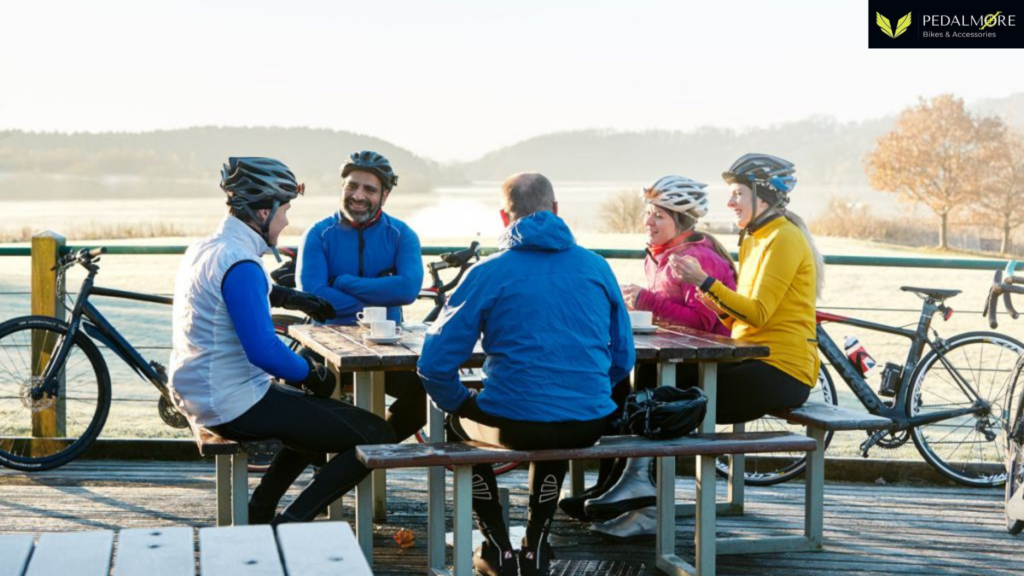
The first step in selecting your bicycle is understanding why you want to ride. Are you looking for a way to commute, get fit, explore off-road trails, or simply enjoy leisurely rides?
- Commuting: Look for a hybrid or city bike designed for comfort and practicality.
- Fitness: A road bike or fitness bike with a lightweight frame is ideal for speed and endurance.
- Off-Road Adventures: A mountain bike with durable tires and suspension will handle rugged terrains.
- Leisure: Consider a cruiser bike with an upright position for casual and relaxed rides.
2. Choose the Right Type of Bike

Here’s a quick breakdown of popular bicycle types:
- Road Bikes: Lightweight and designed for speed on smooth pavements.
- Mountain Bikes: Built for durability and control on rough terrains.
- Hybrid Bikes: A versatile mix of road and mountain bike features, suitable for both city streets and light trails.
- Cruiser Bikes: Comfortable and stylish, perfect for relaxed rides.
- E-Bikes: Electric bikes with pedal assistance, great for longer rides and reducing effort.
3. Set Your Budget
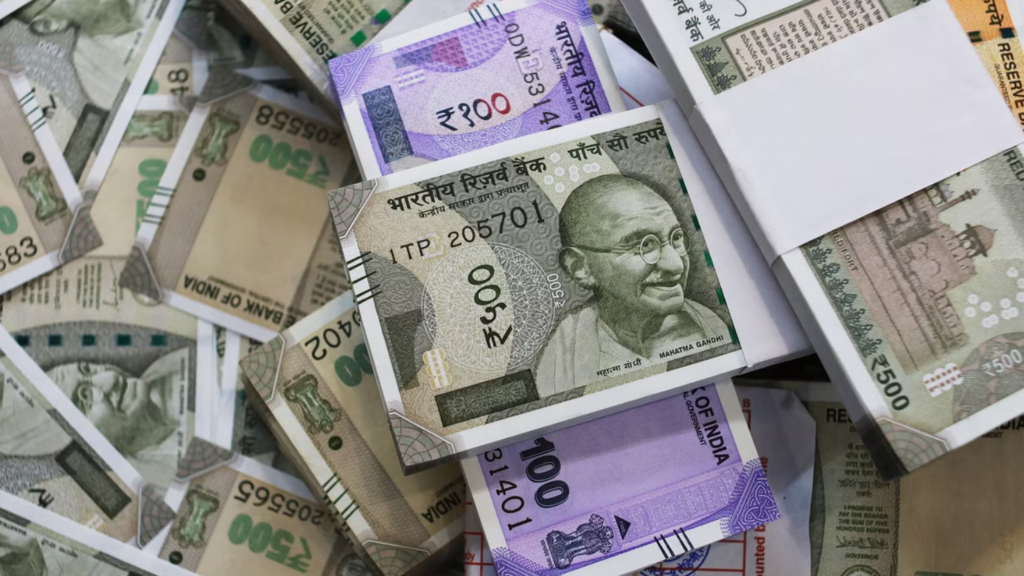
Bicycles come in a wide price range, from affordable entry-level models to high-end performance bikes. Decide how much you’re willing to invest. For beginners, it’s wise to start with a reasonably priced bike that meets your needs without unnecessary features.
4. Get the Right Fit
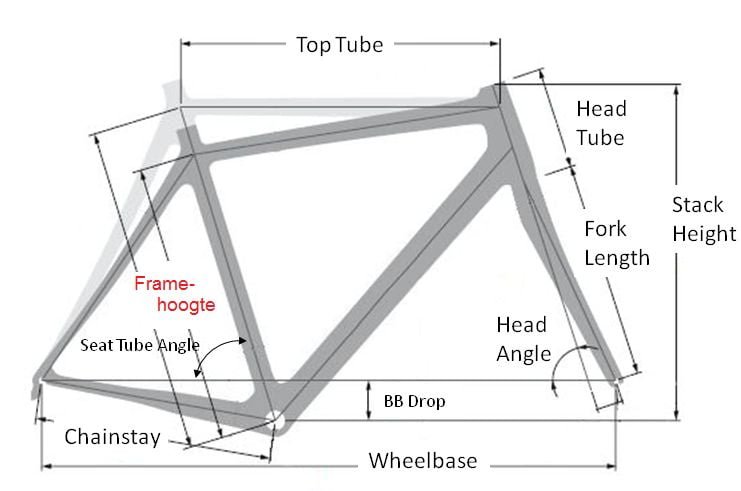
A bike that fits you well ensures comfort and efficiency. Key factors to consider include:
- Frame Size: This depends on your height and inseam measurement. Most brands provide size charts to help you choose.
- Handlebar Reach: Ensure you can comfortably reach the handlebars without straining your back.
- Saddle Height: Adjust the seat so your leg is slightly bent when the pedal is at its lowest point.
Visit a bike store and test ride a few models to find the best fit.
5. Consider Essential Features

When comparing bikes, pay attention to:
- Gears: More gears offer flexibility for tackling various terrains, but if you’ll mostly ride on flat surfaces, fewer gears will suffice.
- Brakes: Disc brakes provide reliable stopping power, especially in wet conditions, while rim brakes are lighter and easier to maintain.
- Suspension: Front or full suspension is great for off-road rides, but unnecessary for smooth city roads.
6. Accessories Matter
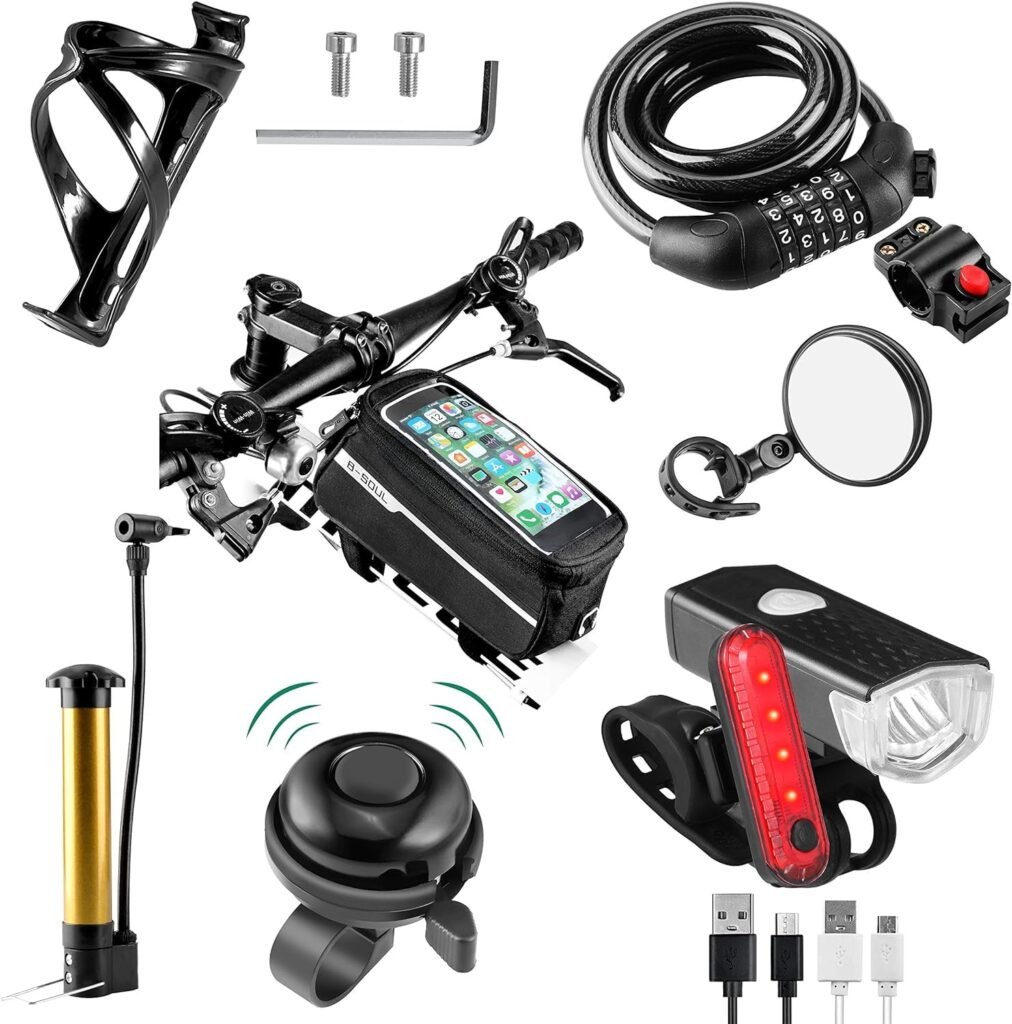
Don’t forget to budget for essential accessories:
- Helmet: Safety first! Choose a certified helmet that fits well.
- Lights and Reflectors: For visibility, especially if you ride at dawn, dusk, or night.
- Lock: Protect your investment with a sturdy bike lock.
- Pump and Repair Kit: Keep your bike in top shape with these maintenance tools.
- Cycling Apparel: Comfortable and weather-appropriate clothing can enhance your riding experience.
7. Think About Maintenance
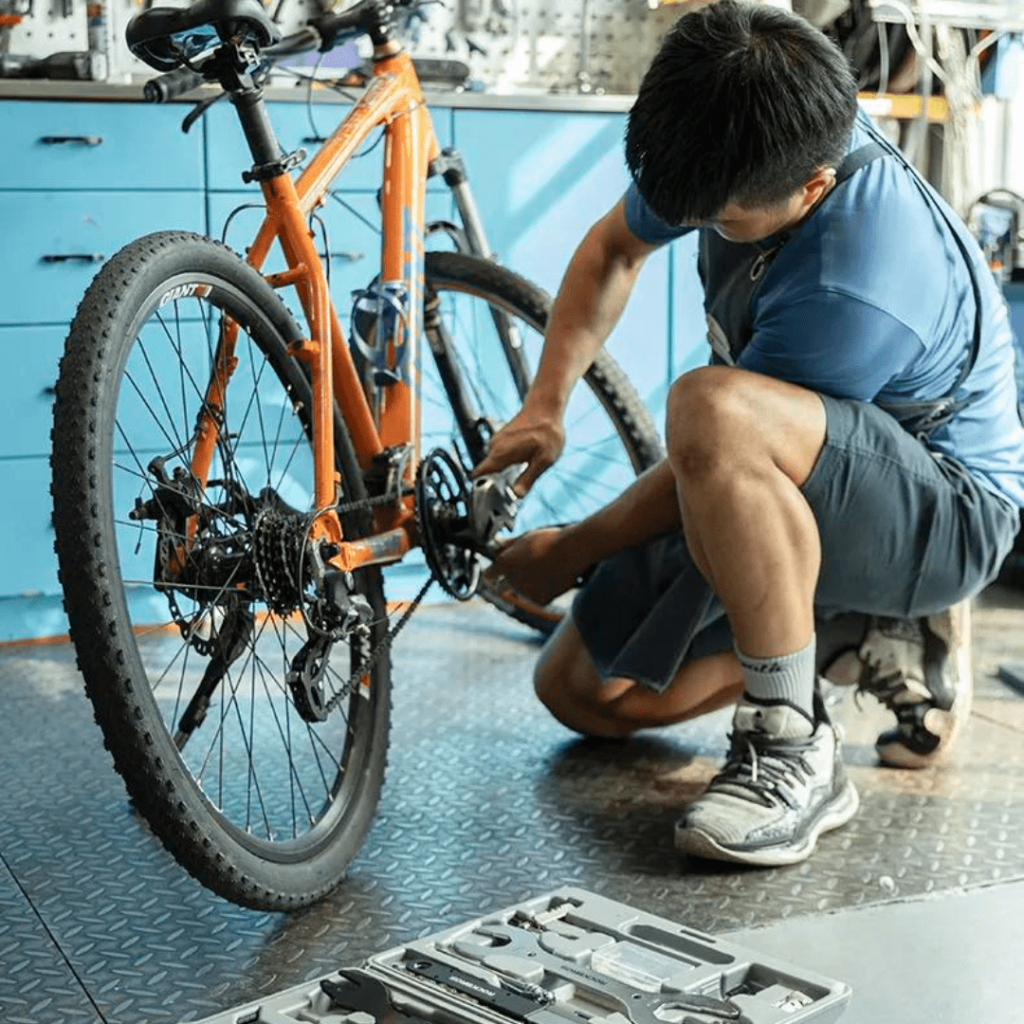
Every bike requires regular maintenance to keep it in good condition. Before purchasing, check if the bike brand offers easy access to spare parts and servicing. Learning basic maintenance tasks like cleaning the chain and checking tire pressure will save you time and money.
8. Where to Buy Your Bike
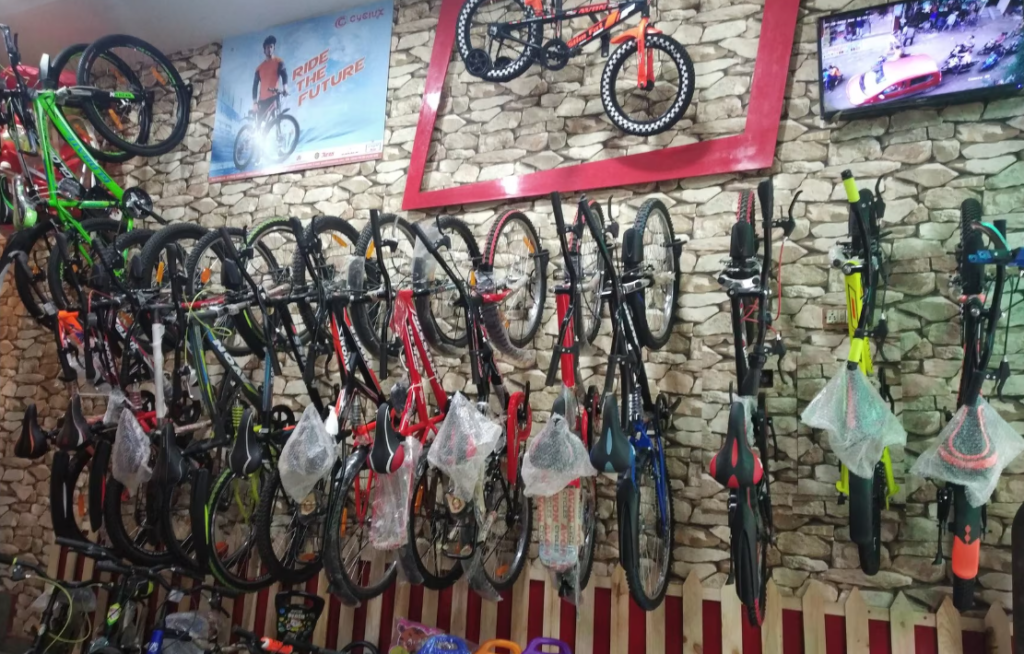
- Local Bike Shops: Get expert advice, proper fittings, and post-purchase support.
- Online Stores: Often provide competitive prices but may lack personalized service and Repair.
- Secondhand Market: A good option if you’re on a tight budget, but inspect the bike thoroughly before buying.
9. Test Ride Before You Buy
Never skip the test ride! This step helps you get a feel for the bike’s comfort, handling, and overall suitability. Pay attention to:
- How the bike fits your body.
- Whether the ride feels smooth and stable.
- If the gear shifting and braking systems are intuitive.
10. Trust Your Instincts
Ultimately, the best bike for you is the one that feels right and makes you excited to ride. Take your time, do your research, and trust your instincts when making the final decision.
Final Thoughts
Choosing your first bicycle is the beginning of a fantastic journey. By considering your needs, budget, and comfort, you’ll find a bike that’s perfect for you. Remember, cycling isn’t just a mode of transport or exercise; it’s a lifestyle that connects you with nature, promotes health, and brings joy.
Ready to start your cycling adventure? Visit Pedalmore to explore a wide range of bikes and gear. Let’s pedal towards a healthier and happier you! 🚴

